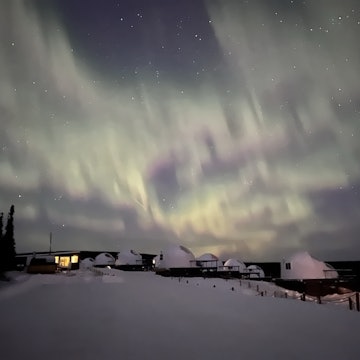
Photographer Steve McCurry on what it takes to get the perfect shot

Dec 1, 2020 • 4 min read

Hindu priest preparing the evening puja (prayer) in Kolkata, India, 2018 © Steve McCurry
Award-winning photographer Steve McCurry has spent has spent the last 35 years documenting cultures around the world, capturing humanity of all types in vivid color and emotion. We sat down to speak with him about his career, what goes into the perfect shot, and his new collection In Search of Elsewhere: Unseen Images.
It’s sometimes difficult to determine which is more famous: photographer Steve McCurry or a single photograph he took while visiting an Afghan refugee camp in Pakistan in 1984. The image was a portrait of a 12-year-old Afghan girl with striking green eyes, a stoic face ensconced in a red headscarf. The image was published on the cover of the June 1985 issue of National Geographic, and the girl, who Steve later found out was named Sharbat Gula, soon became the face of the impact of the Soviet occupation of Afghanistan.

Steve McCurry's work
Today Steve is one of the world’s most well-known photographers – not just for the image of Sharbat Gula, but for a multitude of other photographs that have been turned into covers of National Geographic and other magazines.
Composition, color and contrast are fundamental to Steve’s photography. But it’s the humanity captured within each frame that serves as a central focus. Steve’s images continue to capture something ethereal about the human condition, as if each subject’s very soul is visible within the frame.

He continues to find inspiration in Asia. “It’s a region of extremes – wealth, poverty, modernity, people living in very ancient ways,” Steve says. “It’s full of contradictions and conflicts.” Indeed, some of Steve's most famous images were taken in Asia – Shaolin monks dressed in marigold robes, or the participants of the Holi festival in Rajasthan doused in red and green colored powders.
These days, he’s not beholden to a particular story or the demands of an editor. “When you’re working for a magazine or a newspaper, there’s expectations, there’s deadlines,” he says. “They want you to do a certain thing, tell a story in a certain way.”
“I can photograph things that are personally interesting to me,” he adds.

The single element that drives him? Curiosity. “You go places that you want to learn about. And you go to places that you're curious about,” he says. “I've always had a great affection for Afghanistan and India. You're always assaulted and confronted with all sorts of wonderful, and sometimes terrible things. But it's always a great learning experience."
Human beings are central to Steve’s images, and he sees each image as a sort of dance. “I think it's a collaboration between you and the subject. It's not just trying to grab a portrait. You're actually having a relationship with the person.”
Steve says there's something instinctual going on when he takes a photo. "As you wander around, there are certain things you see which illuminate something that you think is extraordinary, something that you want to remember, something you want to share, something that makes some kind of a comment about the human condition or about the world... You have to be completely open and sometimes not thinking too deeply."
Over his decades-long career, Steve has witnessed dramatic changes in how photos are taken, edited and distributed. But he thinks the digital revolution has been a net-benefit for photographers and the world. "We're all more visually literate," Steve says. "There's a lot of wonderful work being made. The field has really been flattened. There was a time when most of the work was coming out of Europe and North America, but now there's incredible work being done, all over the world."

In Search of Elsewhere
Steve’s new book is a return to his archives. He spent years going back through his old images and found the passage of time had given them new meaning. “Sometimes when you come back from a trip, you make a first edit. And then sometimes, you put the work aside. And you don't come back to it for a long time. So I think it was going through the work and then finding these unseen pictures, and with the passage of time, sometimes pictures take on another kind of significance.”
In Search of Elsewhere: Unseen Images was released November 24.
You might also like:
These award-winning images show the challenges facing our natural world
A (sustainable) Instagrammer’s guide to the Isle of Skye
How to photograph the northern lights













